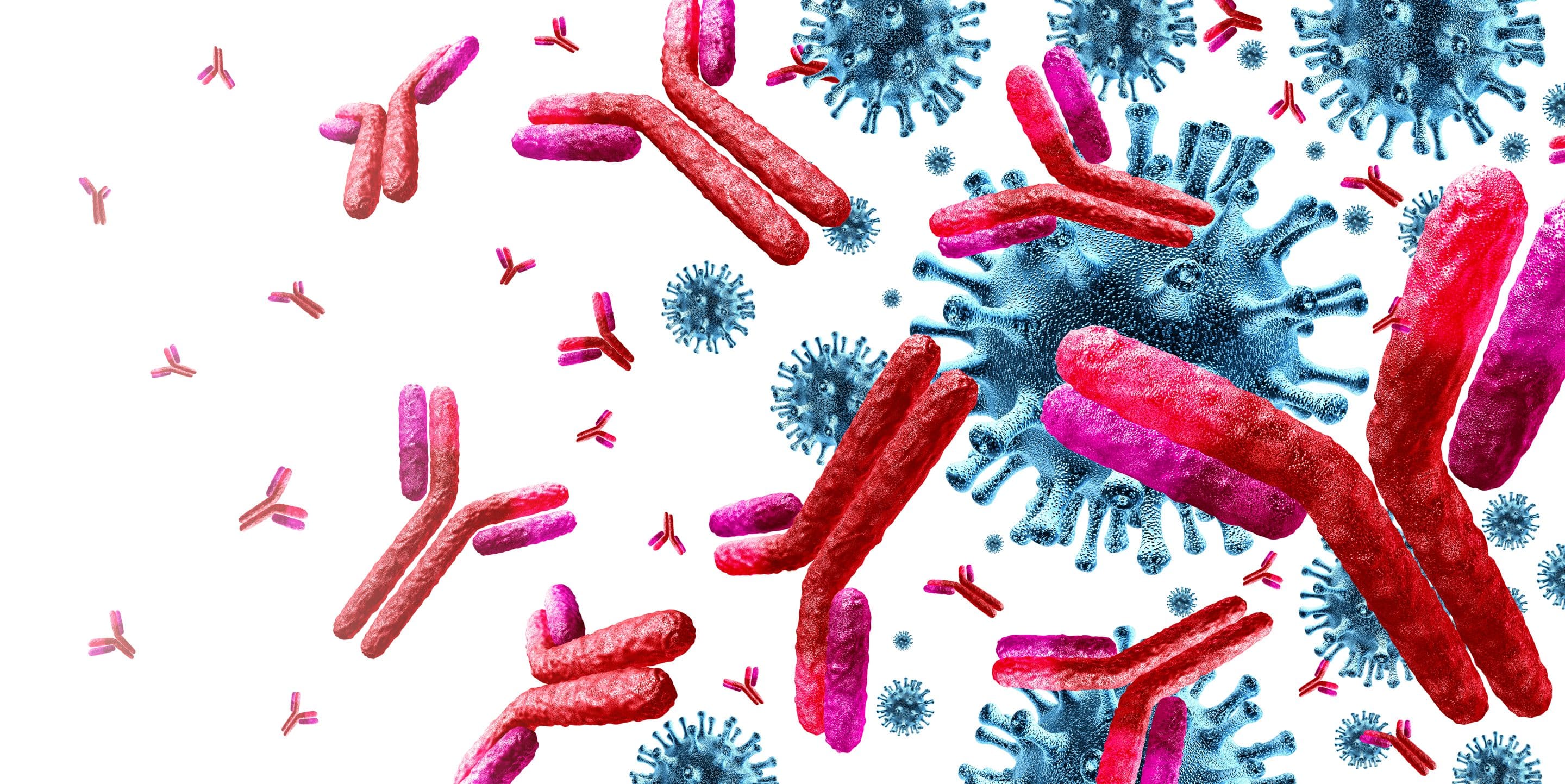Sanofi v Amgen Inc. [2022] APO 67
Date:
Venue:
Delegate:
26 September 2022
Australian Patent Office
Sophina Calanni
Background
The five patent applications the subject of these proceedings (Patent Applications) are all titled “Antigen binding proteins to proprotein convertase subtillsin kexin type 9 (PCSK9)” and directed to monoclonal antibodies that bind specific epitopes on human PCSK9. PCSK9 is a protease whose binding to a protein known as LDLR is involved in the regulation of plasma cholesterol.
An antibody is a protein produced by the immune system in response to foreign substances. Monoclonal antibodies are identical antibodies derived from the same transgenic cell lineage that can be produced at industrial scale. Each antibody binds to a particular target referred to as an antigen. The region of the antigen recognised by the antibody is known as the epitope. Epitopes may also be defined as structural or functional – structural epitopes encompassing the area of the target covered by the antibody during binding, and functional epitopes (generally a subset of structural epitopes) comprises specific amino acid residues that directly contribute to binding.
Amgen Inc (Amgen) filed the five patent applications in 2013, ultimately claiming priority to international patent application no. WO 2009/026558. The first Australian national phase entry, granted as Patent No. 2008288791, was granted a patent term extension based on the regulatory approval of REPATHA (evolocumab).
All five applications were accepted and opposed by Sanofi in 2016; the oppositions were joined.
Key Issues
Sanofi pressed the following grounds of opposition at the hearing: manner of manufacture, fair basis, full description, definition, clarity and utility, having dropped novelty and inventive step grounds. As examination of the patent applications was requested before 15 April 2013 the Patents Act 1990 (Cth) in its pre-Raising the Bar form applied, and as such the onus of proof lay with Sanofi as the opponent, to establish that it is clear that a valid patent cannot be granted. (Post Raising the Bar, the Commissioner is permitted to refuse a patent application if satisfied on the balance of probability that a ground of opposition has been made out).
Similarly, pre-Raising the Bar requirements of fair basis and full description apply, rather than the newer higher standards of support and sufficiency. To meet the fair basis requirement, the specification must provide a “real and reasonably clear disclosure” of the claimed invention. To meet the full description requirement, the specification needs only to enable the skilled addressee to produce something within each claim without new inventions or additions or prolonged study of matters presenting initial difficulty.
Claim construction
The Delegate grouped the disputed claims into three broad classes:
- an isolated monoclonal antibody that binds an epitope of PCSK9 having specified amino acid residues, wherein the antibody reduces or blocks binding between PCSK9 and LDLR (epitope claims);
- an isolated monoclonal antibody that binds one or more specific residues of PCSK9, wherein the antibody reduces or blocks binding between PCSK9 and LDLR (residue claims); and
- an isolated monoclonal antibody that reduces binding between PCSK9 and LDLR, defined by its ability to compete for binding with a structurally-defined antibody (competition claims).
The Delegate construed the term epitope broadly, to both functional and structural aspects of binding, extending beyond interactions with specific amino acid residues to include residues on the surface of the antigen that are covered by the antibody. Specifically in the context of the residue claims however the Delegate construed binding to refer to direct (functional) interaction with at least one of the amino acid residues specified in the claims. The term block in the context of binding of PCSK9 to LDLR was used interchangeably with ‘reduce’ and ‘inhibit’ in the specification and the Delegate therefore construed the term to refer generally to interference with that binding where used in both the epitope and residue claims.
The term “compete” was defined in the specification according to an assay in which the antibody prevents or inhibits binding of a reference antigen binding protein to a common antigen (eg PCSK9), and the Delegate followed this approach in construction of this term.
Fair basis and full description grounds
Sanofi’s fair basis objection rested largely on the argument that only two antibodies were disclosed in the application as having been made, tested and shown to block the binding of PCSK9 to LDLR and therefore lower plasma cholesterol levels. Sanofi submitted that therefore the requisite “real and reasonably clear disclosure” in the description was limited to these two antibodies. The Delegate rejected this, finding that the invention was described in broader terms, ie to antibodies that bind to the same or overlapping regions of the antigen, such that it was not necessary to have scientific proof of binding between all the claimed antibodies and the identified amino acid residues.
With respect to the epitope/residue claims Sanofi argued that there was no evidence of any antibody specifically binding to the claimed amino acid residues or an epitope comprising them. The Delegate accepted that the Patent Applications did not demonstrate binding at the claimed residues, but held that X-ray crystallography data in the specification was sufficient to establish the structural interaction and that the claimed residues were located closest to the antibody during binding, such that it was reasonable to extrapolate from the exemplified monoclonal antibodies to others within the claims. As the onus was on Sanofi to establish the exemplified antibodies would not bind the core residues, or that they do not fall within the claims, its argument failed.
In response to Sanofi’s full description objection, the relevant question was whether the disclosure in the specification would enable its addressee to produce something within each claim without new invention or prolonged study of matters presenting initial
difficulty. Sanofi submitted that to produce something within the claims would amount to a research project. The Delegate accepted that the procedures for production of monoclonal antibodies were well known at the priority date. As to the possibility of
post-translational modifications affecting the biological function, it was up to Sanofi to establish this by evidence, which it had not done.
Other grounds
Sanofi’s clarity objection regarding claims terms such as bind, block and compete was not made out as the Delegate held that inexact language in a claim does not give rise to lack of clarity if it provides a workable standard suitable to the intended use. The lack of threshold measurement for these functional characteristics in the claims was not determinative since the evidence showed that the addressee could establish whether something fell within the claims using techniques that were routine at the priority date and also set out in the specification.
Sanofi’s manner of manufacture objection was also not made out as the Delegate found it is settled law that while discoveries are not patentable, the “practical application of a naturally occurring phenomenon to a particular use is patentable. The Delegate
identified the invention as a compound (ie monoclonal antibody) that has the binding characteristics to inhibit the interaction between PCSK9 and LDLR and therefore application as a therapeutic. “The substance does not lie in the binding site, but the application of the binding site information to produce an antibody with particular functional properties.” Sanofi’s objection that the claims were limited only by function was rejected as they were also limited by the residues involved in the binding (for the epitope/residue claims) or an assay (for the competition claims).
Sanofi’s utility objection, that none of the claims were limited to antibodies having a specified biological effect (lowering or maintaining plasma cholesterol levels), was not made out. The Delegate held that the promise of the invention was not limited to only those antibodies capable of lowering plasma cholesterol levels, but more broadly to antibodies that bind to particular regions of PCSK9 to prevent binding to LDLR.
Outcome
The opposition was unsuccessful on all grounds. Sanofi has since file a notice of appeal in the Federal Court with a hearing set down in December 2023 before Justice Nicholas.
Implications
Given the commercial significance of monoclonal antibodies in pharmaceutical applications, and the growth of biosimilars, the Patent Office’s approach to the validity of these patents, albeit pre-Raising the Bar, is notable. We will watch the appeal with interest.
About Pearce IP
Pearce IP is a boutique firm offering intellectual property specialist lawyers, patent attorneys and trade mark attorneys to the pharmaceutical, biopharmaceutical and life sciences industries. Pearce IP is the 2021 ‘Intellectual Property Team of the Year’ (Lawyers Weekly Australian Law Awards) and was shortlisted for the same award in 2022. Pearce IP is ranked in IAM Patent 1000 and Managing IP (MIP) IP Stars, in Australasian Lawyer 5 Star Awards as a ‘5 Star’ firm, and the Legal 500 APAC Guide for Intellectual Property. Pearce IP leaders are well recognised as leading IP practitioners.
Our leaders have been recognised in virtually every notable IP listing for their legal, patent and trade mark excellence including: IAM Patent 1000, IAM Strategy 300, MIP IP Stars, Doyles Guide, WIPR Leaders, 5 Star IP Lawyers, Women in Law Awards – Partner of the Year, Best Lawyers and Australasian Lawyer 5 Star Awards, Women in Business Law Awards – Patent Lawyer of the Year (Asia Pacific), Most Influential Lawyers (Changemaker), among other awards.

Naomi Pearce
CEO, Executive Lawyer (AU, NZ), Patent & Trade Mark Attorney (AU, NZ)
Naomi is the founder of Pearce IP, and is one of Australia’s leading IP practitioners. Naomi is a market leading, strategic, commercially astute, patent lawyer, patent attorney and trade mark attorney, with over 25 years’ experience, and a background in molecular biology/biochemistry. Ranked in virtually every notable legal directory, highly regarded by peers and clients, with a background in molecular biology, Naomi is renown for her successful and elegant IP/legal strategies.
Among other awards, Naomi is ranked in Chambers, IAM Patent 1000, IAM Strategy 300, is a MIP “Patent Star”, and is recognised as a WIPR Leader for patents and trade marks. Naomi is the 2023 Lawyers Weekly “IP Partner of the Year”, the 2022 Lexology client choice award recipient for Life Sciences, the 2022 Asia Pacific Women in Business Law “Patent Lawyer of the Year” and the 2021 Lawyers Weekly Women in Law SME “Partner of the Year”. Naomi is the founder of Pearce IP, which commenced in 2017 and won 2021 “IP Team of the Year” at the Australian Law Awards.

Kate Legge
Special Counsel, Lawyer
Kate is an experienced IP and patent lawyer, providing IP leadership for pharmaceutical product development and commercialisation in global markets – from initial scoping through to post-launch.
She has developed and implemented global IP strategies over more than 15 years at multi-national pharmaceutical companies. She is an Australian qualified and registered legal practitioner, and has a Master’s degree in IP Law and a BSc in biochemistry.

